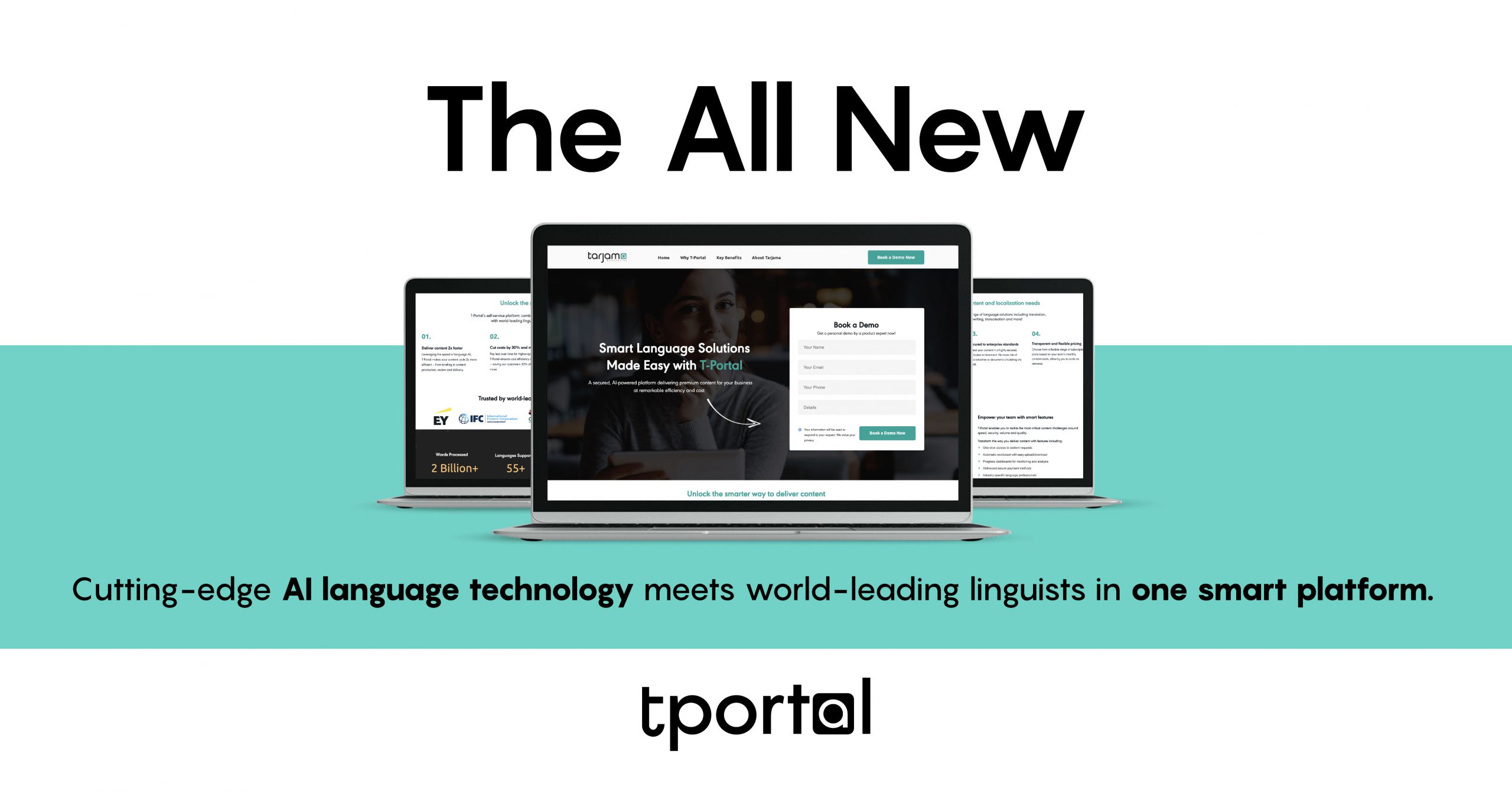Is the internet mainly comprised of English speakers? Not really! In fact, as of January 2020, only about 26% of internet users speak English, so, where does that leave the rest?
We falsely assume that most people on the internet is either a native English speaker or is fluent in it, but about 60% of the world’s population is surfing the web and native English speakers don’t even make up half of that. This indicates that it’s time for businesses to make use of the opportunities and potential that localized marketing has to offer. Airbnb and WeWork were already way ahead of everyone else years ago.
What can social media localization do for your business?
It increases your local presence
In addition to increasing website traffic and followers, you’ll also win the admiration of those who speak the language(s) you’re targeting. It also provides great SEO potential and a rich source of keywords that will help you tap into the local market, gaining more traffic along the way.
You’ll gain better brand reputation
You won’t just be “another English website” for others who speak a different language. You’ll be the company that values building a personal connection with all your audience – not just English speakers. Your company will show a great level of cultural sensitivity and empathy, which will lead to a stronger bond between you and your target audience, and therefore, a better reputation.
It’ll boost your sales
When your product listings, website, and services are all listed in your target audience’s native language, your consumers will better understand these products. They’ll ask questions about the product or service that provide more accurate and valuable insights for your sales teams, and this newly gained information will help drive more efficient sales in your local market.
Highly targeted ads
Ads aren’t just plain text with a colorful background on your website; they should be clever, witty, and most importantly, personal. Non-native speakers won’t always interpret the message or intention behind the ad as much as you think; they might translate it word-for-word, and the spirit of the whole ad vanishes. When you translate your ads so that they’re not only understood by your audience but also resonate with them, you’ll gain better quality leads and customers from your social media localizationefforts.
Tips for effective social media localization
Choose the right platform(s)
It’s easy to assume that Instagram, Facebook, and Twitter are the main places you’ll find your target audience. Just create a page or translate your website content in a different language and you’re done, but that’s not always the case. For example, Twitter is banned in China, and the Chinese equivalent to Twitter is an app called Sina Weibo, which is considered one of the most popular apps there.
Do your research on where your target audience is mainly found and what apps or social media platforms are considered most popular in their countries. Find out the best channels to reach your audience and create pages on those social media apps.
Use high quality translations for your Facebook posts, video subtitles, and website content so that you’re seen as more reliable to your users.
Hire native speakers
We tend to view language as just a string of words that you can put together to form a coherent sentence, but every language carries with it a myriad of cultural nuances that only a native speaker or someone with near-native fluency will understand. Native speakers are familiar with cultural norms, regional dialects, cultural differences, traditions, and slang. They’ll more likely interact with your audience better than you will.
Invest in a team of native speakers who can edit your translated content and provide high quality, engaging, and personable social media posts and ads.
Be respectful of cultural values
This is why hiring native speakers is of utmost importance. But if that’s not on your agenda right now, educate yourself about the cultural values of your target audience. Understand the cultural differences and cultural norms of your target audience’s respective countries.
Your target audience will better connect with your social media and website content when you’re able to show sensitivity and awareness towards what is acceptable in their culture and what isn’t. Not only that, but also making references to pop culture references and celebrities popular in their country will make you more relatable and will therefore elicit a potential “click” on one of your ads.
Use the right hashtags
Translating the hashtags you use in your English ads and using them on your social media pages will either yield poor results or make you come across as unauthentic and “salesy.” You’re trying to create a brand presence that is genuine, authentic, and reliable, and so merely translating words won’t help you in that regard.
If you’re using Instagram or a local social media channel that utilizes hashtags, make sure you look at what hashtags local competitors are using on their social media pages. Trial and error will also help you understand what hashtags are working and what aren’t.
Research SEO keywords
The same problem with hashtags may also occur when researching the right SEO keywords for your translated website. Using the same English keywords but in a different language might rob you from the chance of getting better and higher quality results.
Hire an SEO specialist who specializes in the language you’re targeting and have them create a list of keywords that help accurately reflect your brand and properly attract the right local audience.
If you don’t know who should translate and localize your social media content, Tarjama offers a range of translation services according to your marketing goals. Whether it’s a dash of human creativity that you need in your translated content, or you’re seeking advanced language technology for higher, or even both. At Tarjama, we’ll translate your content in whichever way you need.





















